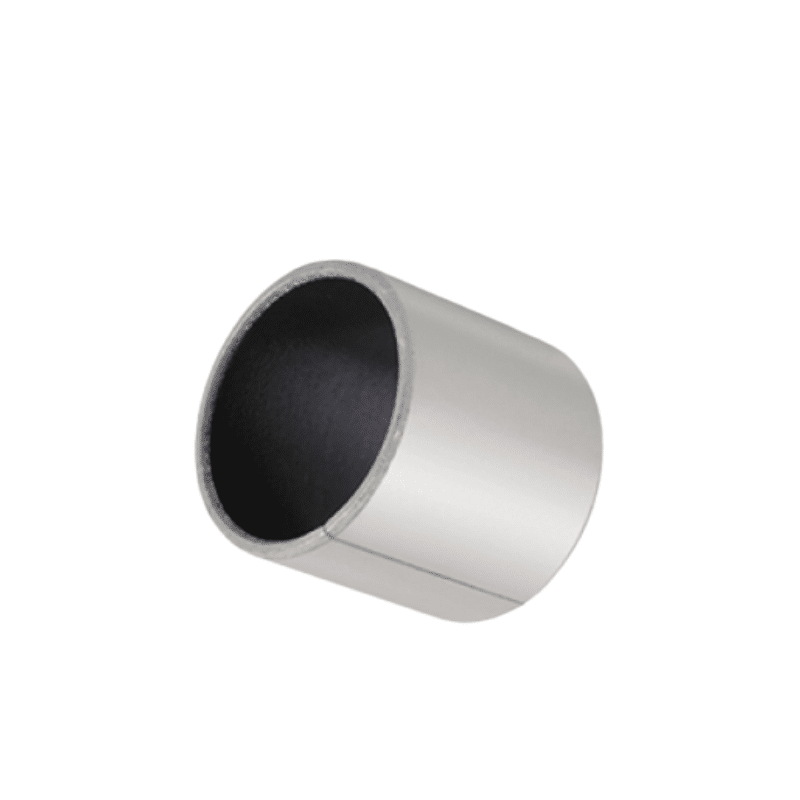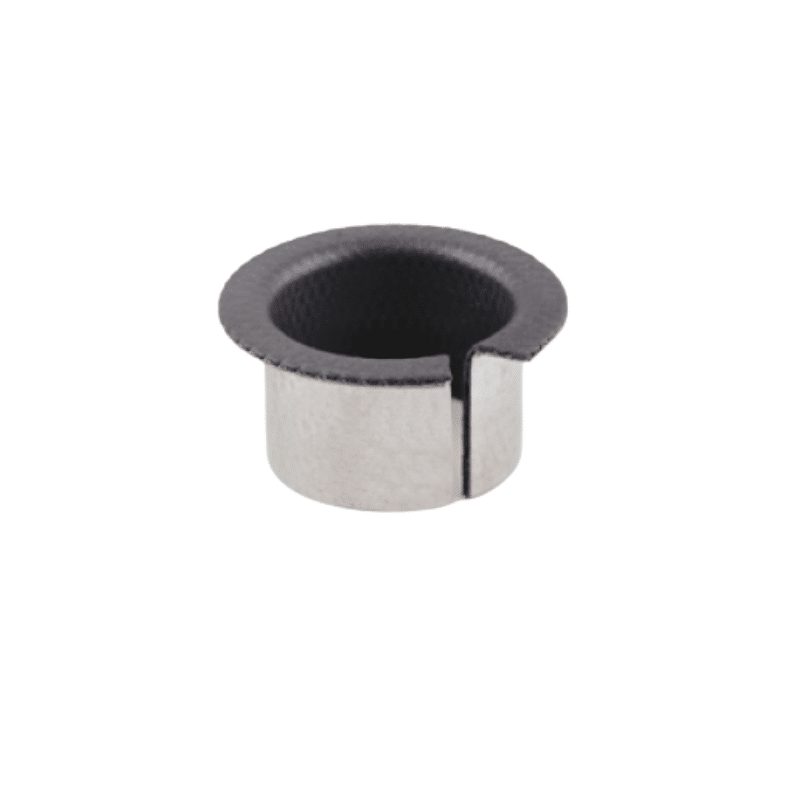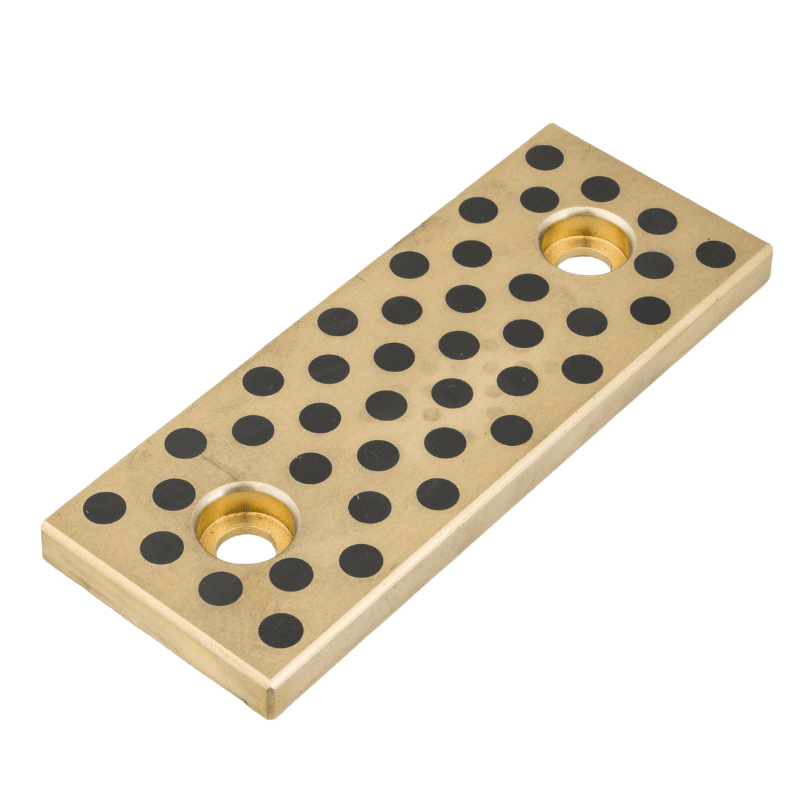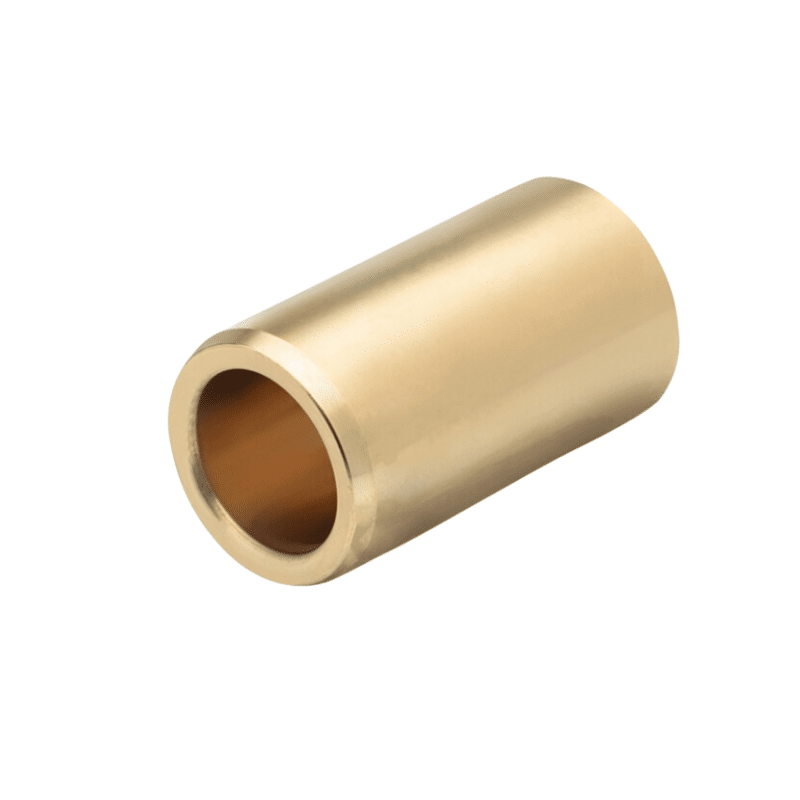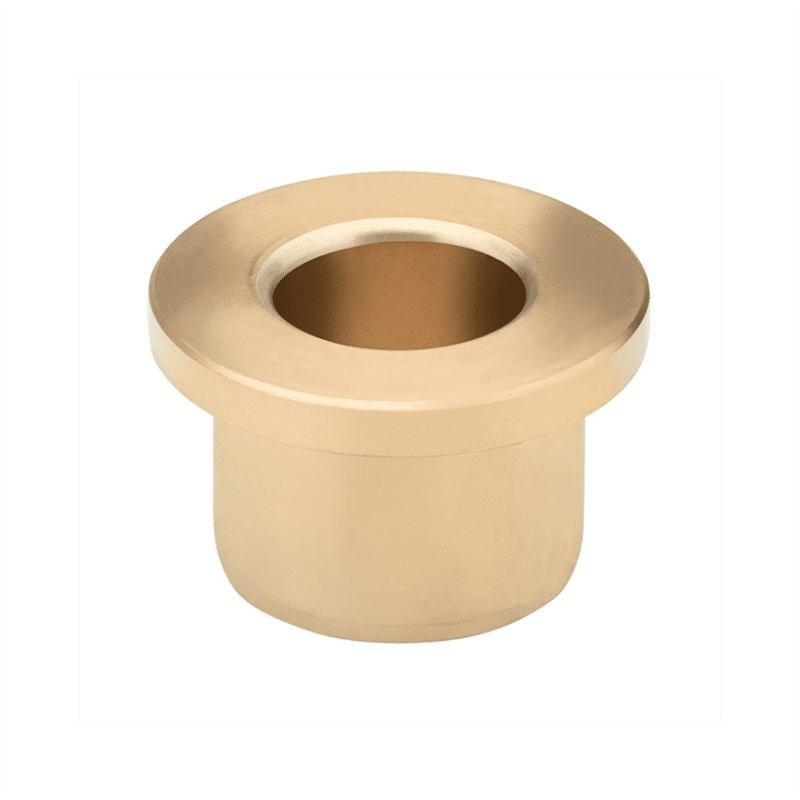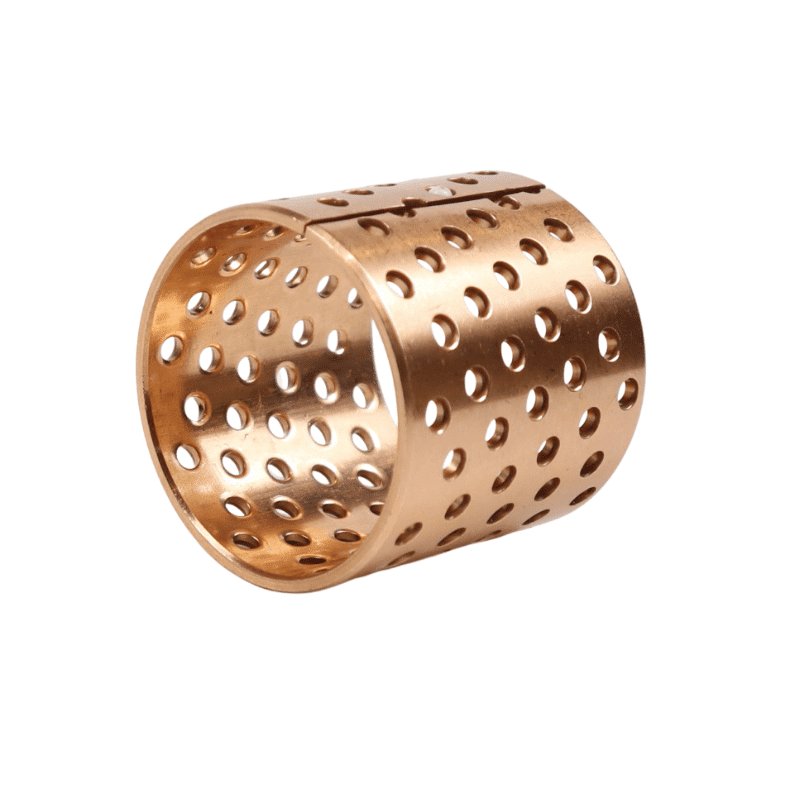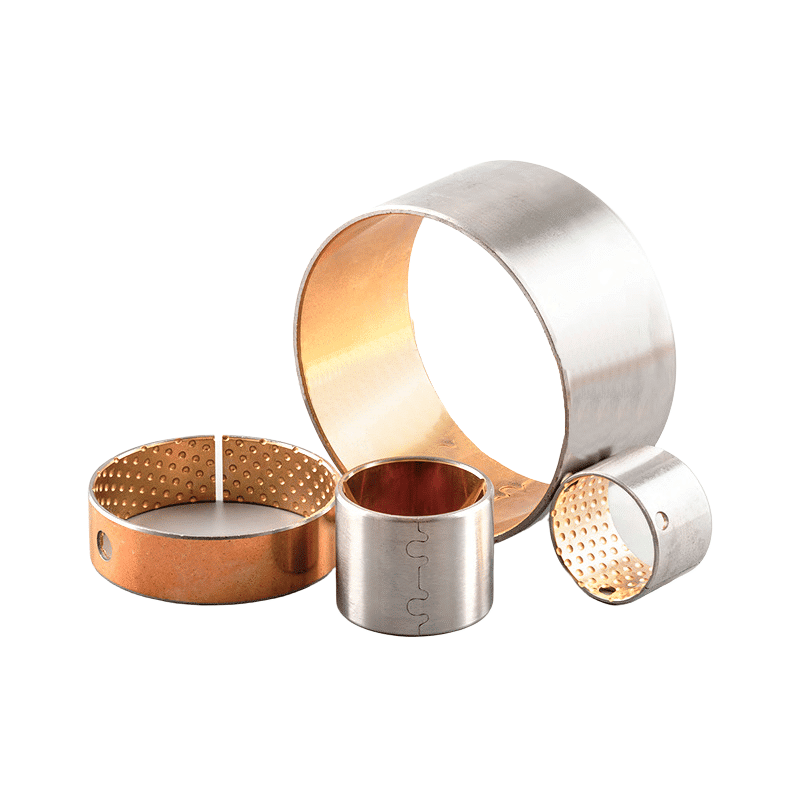Refrigeration Compressor Bearing Bushing Parts
Refrigeration Compressor Bearing Bushing Parts
Say goodbye to the hassle of frequent lubrication maintenance. Our self-lubricating technology ensures smooth operation and reduces wear and tear, extending the lifespan of your equipment. Experience uninterrupted productivity and cost savings as you bid farewell to the need for messy lubricants and time-consuming upkeep.
Manufacturing on Demand, alternative solutions
Refrigeration Compressor Bearing Bushing Parts
The bearing bush parts in refrigeration compressors are essential components that ensure the effective and efficient operation of refrigeration systems. Their role in reducing friction, dissipating heat, and enhancing the overall durability of the compressor is invaluable. With advancements in materials and technology, these components continue to evolve, offering better performance and reliability. Understanding these parts is crucial for anyone involved in the maintenance, repair, or operation of refrigeration systems, as they are key to the longevity and efficiency of the compressors.
We offers a variety of PTFE coated bearing bush suitable for industrial applications, including compressor bearing bushing parts. The products include PTFE-lined linear bushings, PTFE composite bushings, cylindrical bushings, and metal-polymer bronze-backed PTFE plain bearings. These bushings are designed with features such as self-lubrication, corrosion resistance, and the ability to withstand high temperatures and mechanical strength. The PTFE coating provides low friction, good chemical resistance, and excellent performance under high loads and intermittent operation. The bushings are available in different materials and can be tailored to specific needs, such as sleeves, flanges, washers, and other forms of bronze bearings
The Design Aspects of Metal-Polymer Bushings in Compressor Applications
Traditional compressor bearings, including varieties like rolling element and leaded-bronze or bi-metal bushings, often face significant wear challenges, particularly in conditions where lubrication is minimal, a common scenario at bearing locations in compressor systems. In contrast, metal-polymers present a notable advantage due to their inherent self-lubricating properties, making them a more dependable option under such circumstances. Furthermore, these materials bring additional benefits: they are lead-free, contribute to noise reduction, and exhibit lower friction levels compared to conventional journal bearings. A major consideration in incorporating metal-polymers into design revolves around the range of assembly clearances, which can impact efficiency differently than traditional bearings. Nonetheless, with tailored adjustments in system design and sizing operations to manage these clearances effectively, metal-polymers have gained commercial traction in compressor designs. This paper delves into the distinctions between metal-polymers and conventional compressor bearings, examining their structural differences, implications for system design, and overall performance impact.
Refrigeration compressors are crucial components in both refrigeration and air conditioning systems, playing a key role in the cooling process. A vital part of these compressors is the bearing bush, which ensures smooth and efficient operation. Manufacturers and suppliers of refrigeration compressor bearing bushes have been increasingly focusing on innovative materials and coatings to enhance performance and durability.
PTFE Coated Bearing Bushes
One of the significant advancements in this field is the introduction of PTFE (Polytetrafluoroethylene) coated bearing bushes. PTFE, known for its low friction and high heat resistance, is an ideal coating for bearing bushes in refrigeration compressors. This coating reduces wear and tear, extends the life of the bush, and ensures the compressor operates more efficiently.
Advantages of PTFE Coated Bearing Bushes
- Reduced Friction: PTFE’s low friction coefficient greatly reduces the resistance during the compressor’s operation, recognized to smoother performance.
- Corrosion Resistance: PTFE is highly resistant to corrosion, making these bushes suitable for harsh environments where refrigeration systems often operate.
- Temperature Resistant: Withstanding a wide range of temperatures, PTFE coating is ideal for varying operational conditions of refrigeration systems.
Bronze Bush Type
Bronze is another popular material used for bearing bushes in refrigeration compressors. Known for its strength and durability, bronze bushes provide a reliable solution for heavy-duty applications. When combined with a PTFE coating, the bronze bush type becomes even more efficient and long-lasting.
Self-Lubricating Bearing Bushes
Self-lubricating bearing bushes have become increasingly popular in refrigeration compressors. These bushes reduce the need for regular maintenance, as they are designed to release lubricant throughout their service life. This feature is particularly beneficial in refrigeration systems where maintenance access can be challenging.
Application in Refrigeration Compressors
The bearing bushes, especially those with PTFE coating and self-lubricating properties, are ideal for use in refrigeration compressors due to their ability to withstand high pressures and temperatures. They ensure that the compressors operate smoothly, reducing the risk of breakdowns and extending the lifespan of the equipment.
Leading Manufacturers and Suppliers
Several recognized manufacturers and suppliers specialize in producing high-quality bearing bushes for refrigeration compressors. These companies often offer a range of products, including custom designs to meet specific requirements of different refrigeration and air conditioning systems.
The operation of compressors, particularly in refrigeration and air conditioning systems, is critically dependent on the mixture of refrigerant and lubricant, amidst a variety of other components. While the ideal scenario in most compressor applications is hydrodynamic lubrication, real-world conditions often lead to boundary and mixed-film lubrication. This occurs especially during phases like start-up, shut-down, instances of compressor oil being depleted due to gas migration, and reduced lubricant viscosity caused by refrigerant dilution. The duration of these mixed or boundary lubrication conditions largely hinges on the system’s design and its capacity to achieve steady-state flow.
Traditional compressor bearings, such as rolling element, leaded-bronze, or bi-metal bushings, are significantly reliant on the lubrication conditions for their performance and reliability. In mixed-film and boundary lubrication scenarios, the contact between mating surfaces can lead to increased friction and accelerated wear. Metal-polymer bushings, in contrast, provide a distinct advantage. Their self-lubricating nature means that contact between surfaces does not result in substantial wear or friction, thus offering a more dependable solution in these specific conditions.
Despite being utilized in commercial compressor applications for the past two decades, the concept of metal-polymer bushings remains relatively novel for much of the industry. Their commercial success has been achieved by overcoming design challenges stemming from the differences between traditional compressor bearings and metal-polymers. This paper primarily explores these differences in terms of structure, system design, and performance.
Metal-polymer bushings are generally composed of a multi-layered composite structure. This starts with a rigid steel backing, followed by an intermediate layer, often porous or mesh (typically bronze), and topped with a polymer overlay impregnated onto the intermediate layer. In most compressor applications, this polymer overlay mainly comprises PTFE (polytetrafluoroethylene) along with a mix of fillers, which collectively determine the bushing’s performance properties. The cross-section of a typical metal-polymer bushing, reveals the intermediate layer made of porous bronze material.
- Cross-section of typical metal-polymer bushings
- Polymer Overlay
- Porous Bronze
- Steel Backing (full depth not shown)
These bushings are typically produced in two steps from strip-form material, which involves adhering the intermediate layer to the steel backing and impregnating the polymer material. From the strip form, the material is slit and formed into a bushing shape. The final dimensions are designed for a press-fit into the housing, achieving a pre-determined installed inner diameter. These are often referred to as split bushings, distinguishing them from continuous cylinder bushings like those made of cast bronze or metal.
The precision of the final dimensions of these bushings is contingent on manufacturing and measurement capabilities. Typically, the total tolerance on the final wall thickness of the bushings ranges from 20 to 45 μm, based on the strip thickness, for standard parts. However, in certain cases, better tolerance control can be achieved.
System Design Considerations Metal-Polymer Systems Applications in Commercial Compressors
In the realm of bearing system design for compressors, the clearance between the shaft and bearing surface is a paramount factor. This clearance is not just a structural consideration but also a key determinant of the system’s efficiency. While the performance implications of this clearance will be explored in more detail in the subsequent section, the current focus is on contrasting the typical clearance ranges found in traditional compressor bearings with those in metal-polymer bushings.
This section aims to shed light on how these differences in clearance impact the overall design and functionality of compressor systems, particularly emphasizing the unique attributes and considerations when integrating metal-polymer bushings in commercial compressor applications.
The evolution of bearing bush technology, particularly with the introduction of PTFE coated and self-lubricating bushes, represents a significant advancement in refrigeration compressor design. These components not only enhance the performance and efficiency of the compressors but also contribute to longer service life and reduced maintenance requirements. As the demand for efficient and reliable refrigeration systems grows, the role of advanced bearing bushes becomes increasingly important.
Refrigeration Compressor Bearing Bush Parts: Key Components and Functions
Refrigeration compressors are critical in the operation of cooling systems, with the bearing bush parts playing a pivotal role in ensuring their smooth and efficient function. These components are essential for the stability and longevity of compressors in refrigeration units. This article delves into the key components and functions of bearing bush parts in refrigeration compressors.
In the realm of refrigeration compressors, the bearing bush parts are integral to the compressor’s mechanical system. They facilitate the smooth operation of the moving parts, reducing friction, and preventing wear and tear. Understanding these components is crucial for maintenance, repair, and design considerations in refrigeration systems.
Key Components of Bearing Bush Parts
- Bearing Bush:
- Function: Acts as a protective sleeve that houses the moving parts of the compressor, such as the shafts and rotors.
- Significance: Bearing bushes reduce friction and wear between moving parts, ensuring longevity and efficiency.
- Material Composition:
- Varieties: Common materials include bronze, plastic polymer, and metal-polymers.
- Selection Criteria: The choice depends on factors like load capacity, temperature tolerance, and compatibility with refrigerant.
- Self-Lubricating Bearings:
- Function: These bearings are designed to release lubricant over time.
- Importance: They minimize maintenance needs and ensure a consistent performance, especially in hard-to-reach parts of the compressor.
- PTFE Coating:
- Function: Polytetrafluoroethylene (PTFE) coatings are applied to reduce friction and improve wear resistance.
- Advantages: PTFE-coated bearing bushes offer enhanced durability and resistance to corrosive substances.
- Thrust Washers:
- Function: Positioned to absorb axial loads and prevent metal-to-metal contact.
- Role: Essential in maintaining alignment and reducing wear in the compressor.
Functions of Bearing Bush Parts in Refrigeration Compressors
- Reducing Friction: They play a crucial role in minimizing the friction between moving parts, which is vital for the efficient operation of the compressor.
- Heat Dissipation: Effective in dissipating heat generated by the movement of parts, thereby preventing overheating.
- Vibration Damping: Helps in reducing the vibration and noise levels, which is essential for the smooth operation of refrigeration units.
- Enhancing Durability: By protecting the moving parts from wear and tear, these components extend the lifespan of the compressor.
- Maintaining Efficiency: Ensures that the compressor operates at optimal efficiency by maintaining a consistent performance.
Optimizing Efficiency with Metal-Polymer Bushings
The adaptability of metal-polymers, offering a broader range of installed tolerances, presents both a challenge and an opportunity in compressor design. This flexibility can sometimes lead to operational issues, such as high tolerance stack-ups within the compressor’s mating parts, potentially recognized to increased power usage or decreased output. However, these challenges have been addressed through rigorous testing and modifications in both compressor and bearing design.
Key strategies include adjusting shaft and housing dimensions to narrow the tolerance range to the manufacturing limits. Moreover, collaborative research with metal-polymer bearing manufacturers is underway to further reduce the tolerance ranges of these products. An additional technique employed with metal-polymers involves a post-installation sizing operation, or burnishing. This process entails pushing a sizing tool of a specific diameter through the bushing. If the bushing’s inner diameter is smaller than the sizing tool, the polymer overlay compresses, effectively narrowing the installed I.D. tolerance range. However, caution is advised as over-compression of the polymer material can detrimentally impact performance, with each PTFE/filler composition responding differently to such sizing operations. For detailed guidance on these materials, consulting with metal-polymer manufacturers is recommended.
They compared the performance of a metal-polymer bushing with a machined bi-metal bushing across various clearance levels. The results indicated a marked improvement in efficiency for the metal-polymer bushing over a clearance range that exceeded the requirements for the bi-metal bearing. This experiment underscores the potential of metal-polymers in enhancing compressor efficiency when properly integrated and managed within the system design.
Your expert in self-lubricating Bearing
and Bronze alloys – serving globally
Brand replacement products and functionally equivalent parts, alternative solutions
Manufactures flange bronze bearings, service & maintenance companies to meet the exacting specifications required in a wide range of industrial applications.
Machined bronze bushing that meet the exacting requirements & specifications supplied by our clients. Spherical bearings, spindles, semi-spheres and supports that we have manufactured.
You will find to follow a selection of self lubricating bronze bearing material CuSn7Zn4Pb7, CuSn12, CuAl10Fe5Ni5,
CuZn25Al5Mn4Fe3
Alternative solution,We offer an outsourced machining service for bronze bushes, manufacturing precise parts to the designs supplied to us by our clients.
Selection of other composite bushing material of self lubricating bearing that we have manufactured.
Wrapped Bronze Sleeve Bearing, Are you interested in our products?
Manufacturer of bimetal and steel bronze bushing parts according to client’s drawing.

